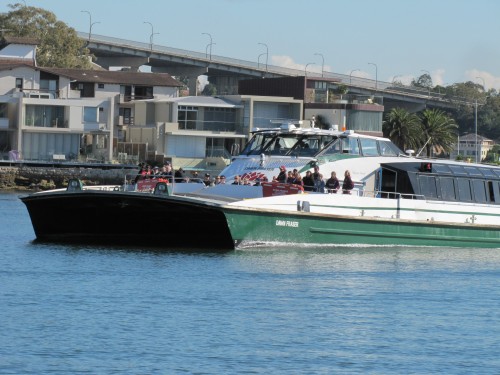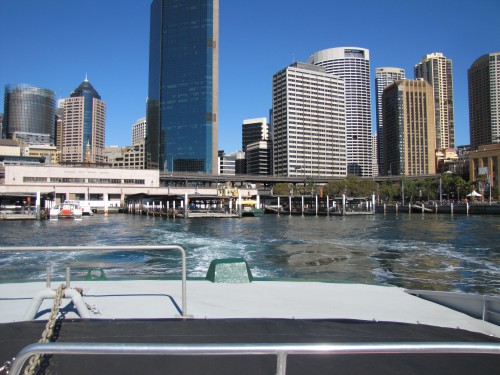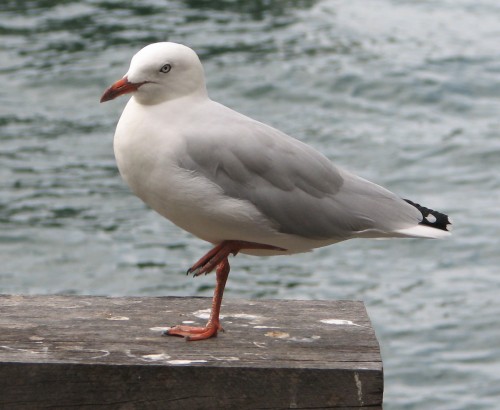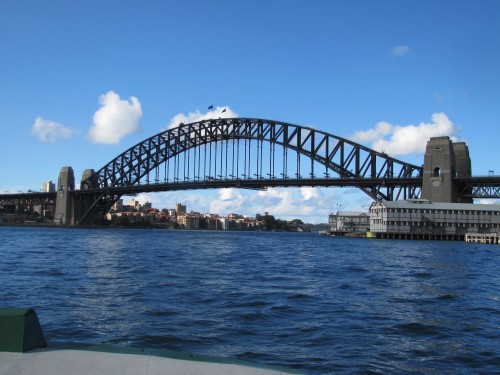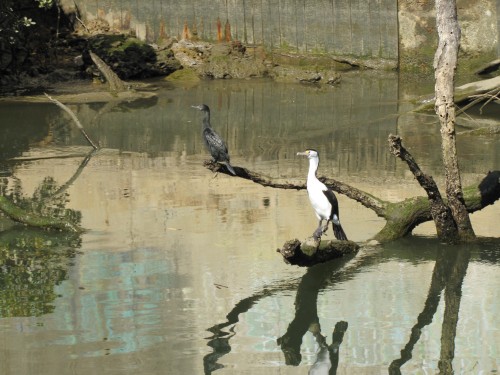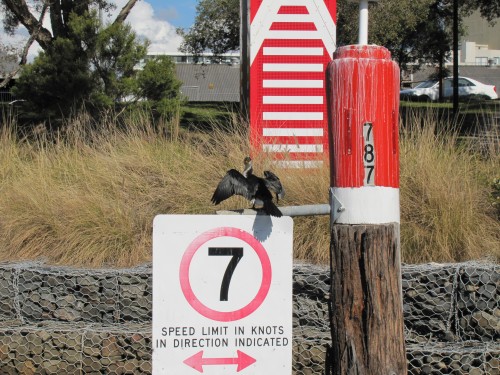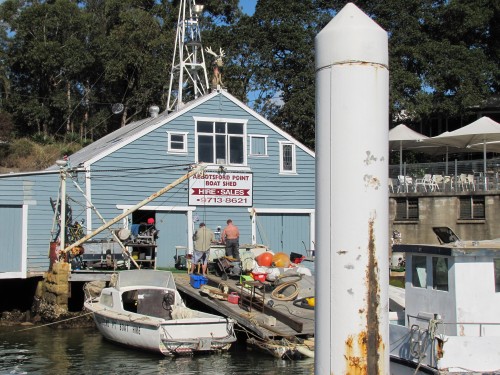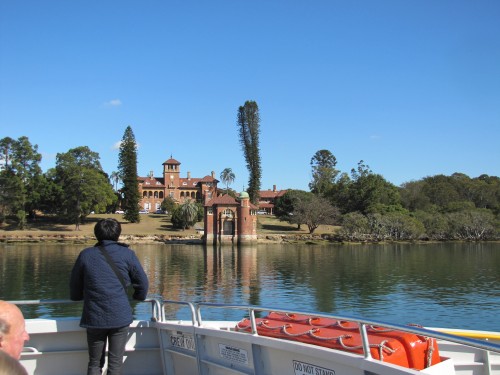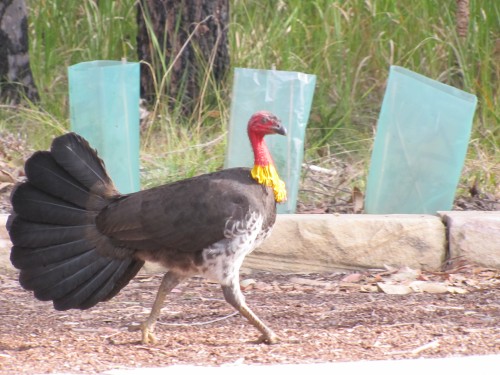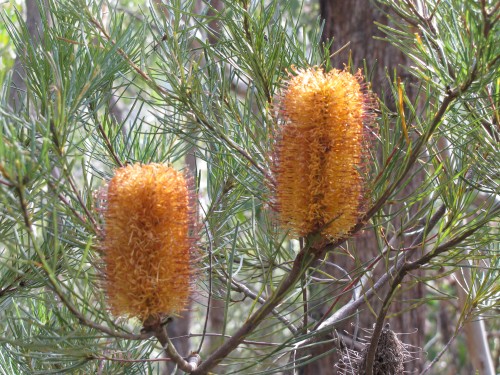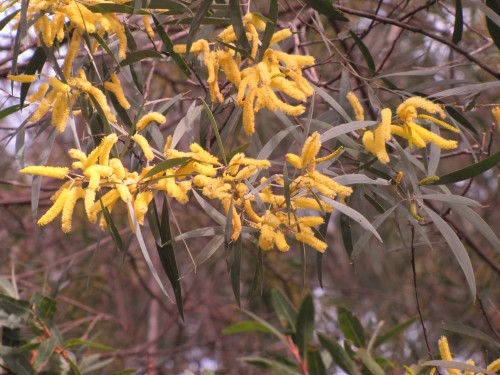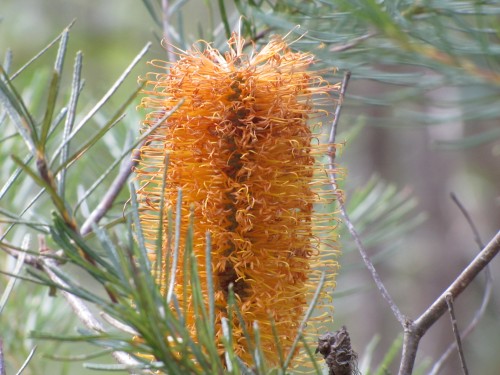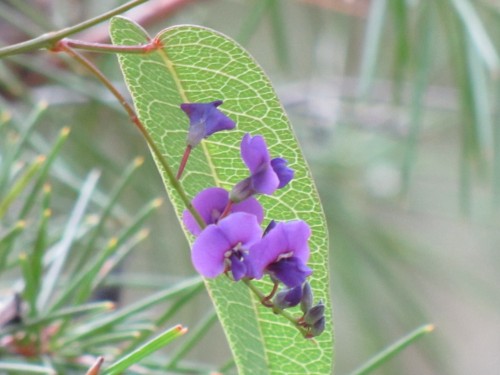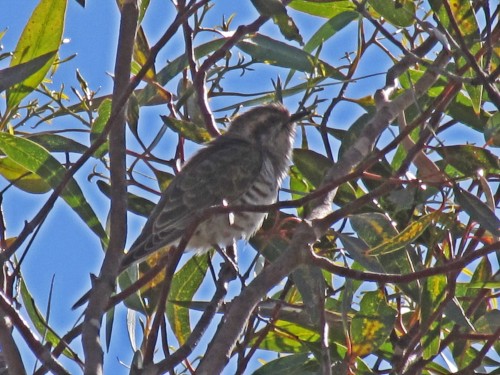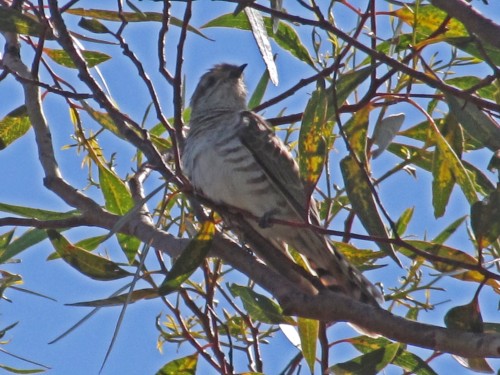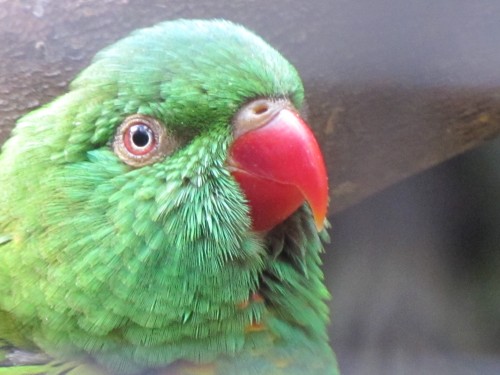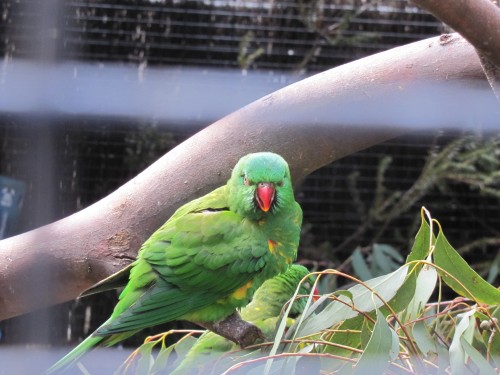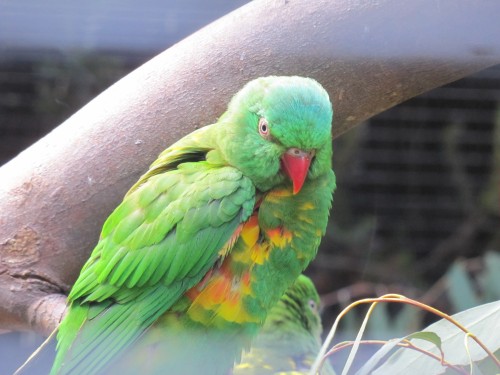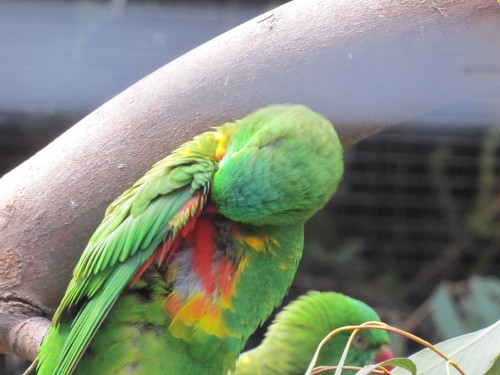Birds of the Parramatta River
While in Sydney earlier this year my wife and I took a day out from grandparent duties. One of the children was at school and the other at child care. We took the train into Circular Quay in the heart of Sydney Harbour. We had a short wait of about ten minutes for one of the ferries which operate up and down the Parramatta River, stopping at a dozen or more small jetties along the way and terminating near the heart of Parramatta CBD. We had done this trip some 35 years ago when our own children were little.
While I was more interested in watching and taking photos of the scenery along the way I also kept a watch out for any birds I could see. While I didn’t get a great list of species I really enjoyed the three hour return trip. To give me the best chance of getting good photos we stationed ourselves on the seats at the front of the ferry; sure- it was breezy at times but we had come prepared. The photo above shows another river ferry similar to the boat we were on. You will notice that it has the name “Dawn Frazer”. It was named after one of Australia’s most successful Olympic swimmers. On our cruise we passed the swimming pool where she trained. I believe that she still runs a hotel nearby.
As our ferry left Circular Quay (see photo above) the whole vista of Sydney’s CBD opened up for us. Leading up to this point I recorded Rock Doves everywhere, especially in the train stations and even in the underground stations. Around the ferry terminals were many Silver Gulls, Welcome Swallows and even a few Noisy Miners on the jetties, scrounging food dropped by passengers.
After only a few minutes in the ferry we passed under the iconic Sydney Harbour Bridge (see below). It is always great to get a different perspective of this wonderful structure. Usually we cross over it in trains and occasionally by car. Opened in 1932 this bridge still serves the city wonderfully, although it is now assisted by several additional bridges to the west and the Harbour Tunnel under the water.
The bridge is best viewed close up, usually from a boat, ferry or on foot via many access points around the harbour. One can – for a fee – join a Bridge Climb over the arch of the bridge. It’s only for the brave and not for those scared of heights, though to assure climbers they are secured tethered to the railing at all times. I haven’t done the climb and regret not doing it a few years ago when I was fitter and healthier. The view must be truly spectacular from up so high above the water.
After about an hour of cruising the harbour the ferry heads on up the Parramatta River, subject to favourable tidal conditions. As banks close in on the passage I had good views of the following birds:
- Australian Pelican
- Pied Cormorant
- Little Pied Cormorant
- Little Black Cormorant
- White Ibis
- Sacred Kingfisher
- Australian Raven
- Australian Magpie Lark
- Welcome Swallow
- Willie Wagtail
- Common Myna
- Grey Butcherbird
- Rainbow Lorikeet
- White-faced Heron
- Pacific Black Duck
- Variegated Fairy-wren
Finally, cruising on the river and on the harbour afforded me an excellent platform for observing the many wonderful and interesting buildings along the harbour. These include dirty industrial sites near Parramatta, magnificent apartment buildings, splendid old mansions – and an old and still very useful boat shed (see below).
Tourist hint:
If you are an Australian citizen with a Senior’s Card, Pension or Health Care card, ask for the special fare price when buying your ticket. Being over 60 years of age we both have Senior’s Cards. Instead of the normal fare of about $18 (Australian) each, our P.E.T. (Pensioner Excursion Ticket) cost us $2.50 each. This ticket enabled us to travel on any trains, buses, and ferries for the day.
And it was worth every cent.
Ku-ring-gai Wildflower Gardens, Sydney
One of our favourite places to visit when in Sydney staying with family is the Ku-ring-gai Wildflower Gardens on Mona Vale road at St Ives. These gardens are adjacent to the Ku-ring-gai National Park, another great place to visit. These gardens are about a half hour drive from my son’s home so it is a convenient place to visit when we are in Sydney.
The gardens are typical bushland of the area with some areas set aside for picnic grounds. The Friends of the Gardens group also plant and maintain a few small areas displaying plants of the area but not actually present in the gardens. The group frequently put on a display of plants in flower in the Visitor Centre.
I have found that the bird life in the gardens can vary greatly according to the season and what is flowering at the time. On occasions I have been very disappointed with my list. On our most recent visit in July of this year I was pleasantly surprised. The only downside was getting only one good bird photo – that of the Australian Brush-turkey shown above. So instead, I have included some of my flower photos instead.
Here is a list of the birds I saw or heard, in the order recorded:
- Australian Brush-turkey
- Eastern Whipbird
- Weebill
- Rainbow lorikeet
- Noisy Miner
- Pied Currawong
- Grey Butcherbird
- Silvereye
- Striated Pardalote
- Grey Fantail
- Variegated Wren
- Eastern Yellow Robin
- Yellow-faced Honeyeater
- Striated Thornbill
- Spotted Pardalote
- Laughing Kookaburra
- White-browed Scrubwren
- White-throated Treecreeper
- Brown Cuckoo-dove
Spring is coming
I think spring must be on its way here in South Australia.
After one of the wettest and coldest winters on record the sunny days have arrived.
And so have the cuckoos.
Over recent days we have had a Horsfield’s Bronze-cuckoo calling from various spots in our garden. This is always a good indicator that many of the other species are preparing to breed – or already have their nests ready for the spring breeding season.
The various cuckoos which visit our garden will lay their eggs in the nets of weebills, thornbills, honeyeaters and a range of other species as the opportunity arises.
Other species I have recorded over the years include:
- Pallid cuckoo
- Shining Bronze-cuckoo
- Fan-tailed cuckoo
It that close enough for you?
This Scaly-breasted Lorikeet in one of the aviaries at the Australian Reptile Park made certain I managed a good photo of it up close. He posed in a number of different ways, squawking loudly as if to ask how it looked.
It is getting photos like this one that I like visiting zoos, and especially zoos with aviaries. While it is great if the zoo has walk-through aviaries, I have proved that one can take reasonable shots through the wires of the cage. Sometimes you just get lucky – like on this occasion – and the bird poses really well.
Scaly-breasted Lorikeets are found along the coastal regions of eastern Queensland and in north-east New South Wales. It is a species I have yet to observe in its natural environment – another reason for getting photos in a zoo. I think I am well overdue for a trip to Queensland.
